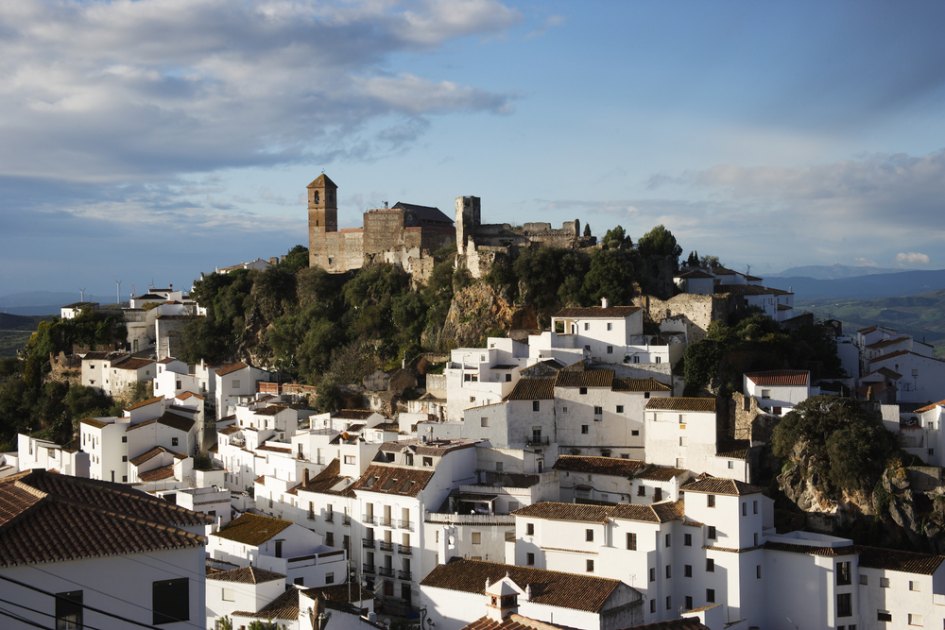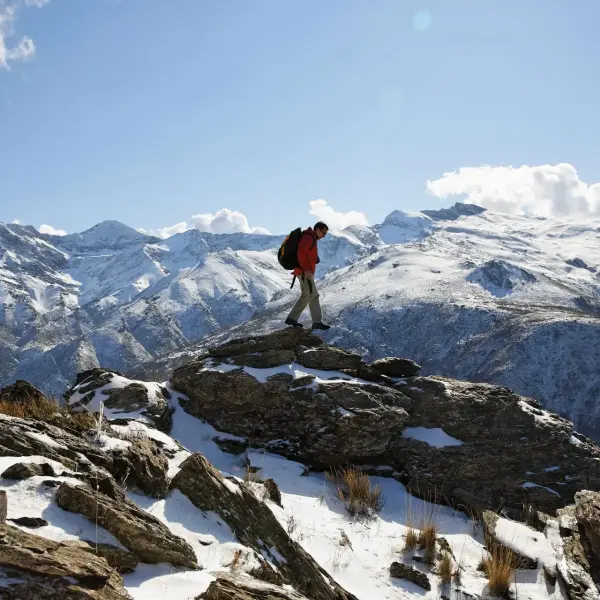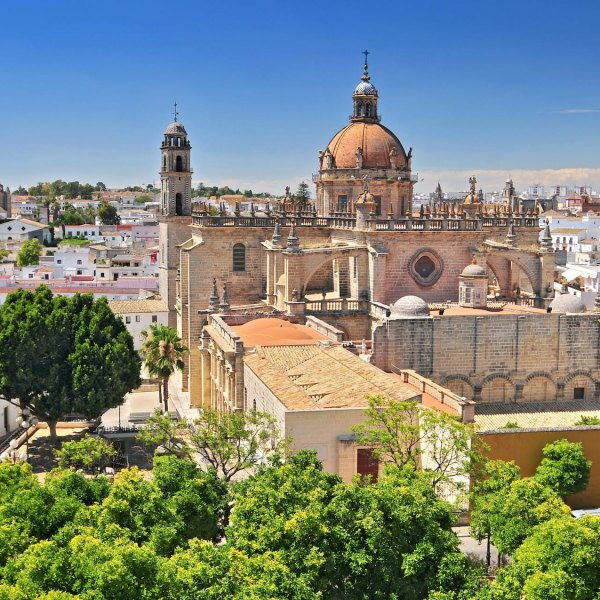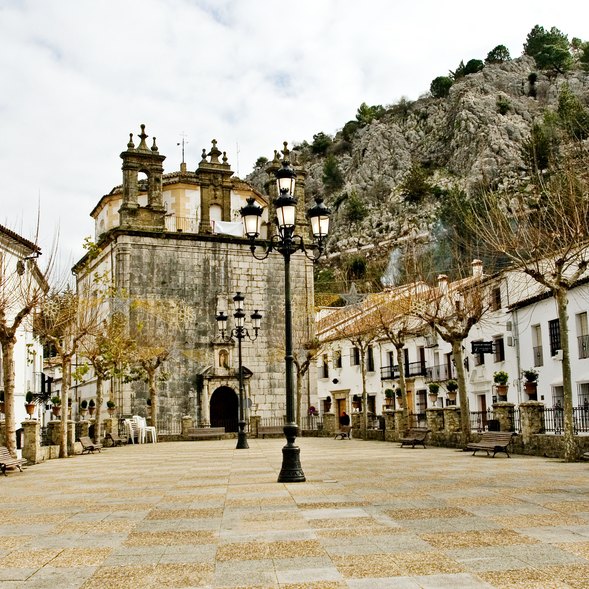Casares

Turn inland off the coastal road just after Estepona and you head through beautiful green valleys and forested hills into the foothills of the Serranía de Ronda, the large mountain range that dominates much of the Andalusian interior. Less than a half hour into this journey you will turn a bend and emerge out of the wooded countryside into a classic Andalusian white village, or ‘Pueblo Blanco’. Casares is not only one of the prettiest of these, but its proximity to the sea gives it a special status between mountains and Mediterranean.

As you stroll through the steeply inclined cobblestone streets and look at the white-plastered houses hugging the cliff, you might wonder why people would choose this scenic but rather difficult terrain to build on over the rich green valleys sprawled below. The answer lies in the coastline, and more specifically the distant shores of North Africa, from where Barbary Corsairs set sale on voyages of rape and pillage that terrorised much of the Mediterranean and were a match even for the feared Viking raids of the North.
Many of those caught unawares would end up in the slave markets of North Africa, so the people of this region learned to seek protection from these and other marauding bands even before the conquering armies of Rome or Islam arrived in this part of Southern Spain. The result is a tapestry of white villages shining brightly against a backdrop of greenery and blue skies. With its characteristic cluster of houses straddling a little saddle between rising hills, Casares is considered one of the finest of all white villages.
A dense maze of streets cuts through the mass of houses that back up to the hilltop castle, in olden days the last refuge for townspeople. Today, it is above all a scenic point from which Casares’ uniquely panoramic position can be truly appreciated. Look down and you see green valleys far below, succeeded by a rocky landscape that stretches towards the coastal towns of Manilva and Sabinillas, and is now a protected natural area. Long sandy beaches mark the shoreline, which is dotted with hotels and holiday homes, while across the blue expanse the heights of North Africa rise up, with Gibraltar seemingly floating like an island between two continents.
Just around the corner, in the inland direction, is the threshold to a mountainous landscape of jagged ranges, deeply cut valleys and raging streams. Within this beautiful wilderness are farming communities and the white dots of pueblos blancos that sit like sentinels atop accessible peaks visible from far away. Next stop from here is Gaucín, another popular and pretty mountain village, and like Casares a favourite of artists, tourists and foreign residents.
Leaving the bucket-and-spade brigade behind, the more inquisitively minded visitors to this part of Southern Spain happily seek out towns like Casares, drawn by the exoticism of its history, architecture and ambience. They walk the steep streets and gather at the main square, enjoying coffee and tapas in a quintessentially Andalusian setting. While many artists, Spanish and foreign, have made their home in quaintly renovated village houses, the majority of the foreign residents live in rustic villas on the outskirts of Casares – an area that offers not only a good choice of properties of different sizes, but also space, privacy, fantastic views, natural beauty and proximity to both village life and the facilities of the Costa del Sol.
Diana Morales, 23 Jan 2012 - Lifestyle
Related Articles

Year-Round Activities in Sierra Nevada: Skiing and Beyond
8 min. read · Pia Arrieta

Cádiz
3 min. read · Pia Arrieta

Jerez de la Frontera
2 min. read · Pia Arrieta

Grazalema – Serranía de Ronda
2 min. read · Diana Morales